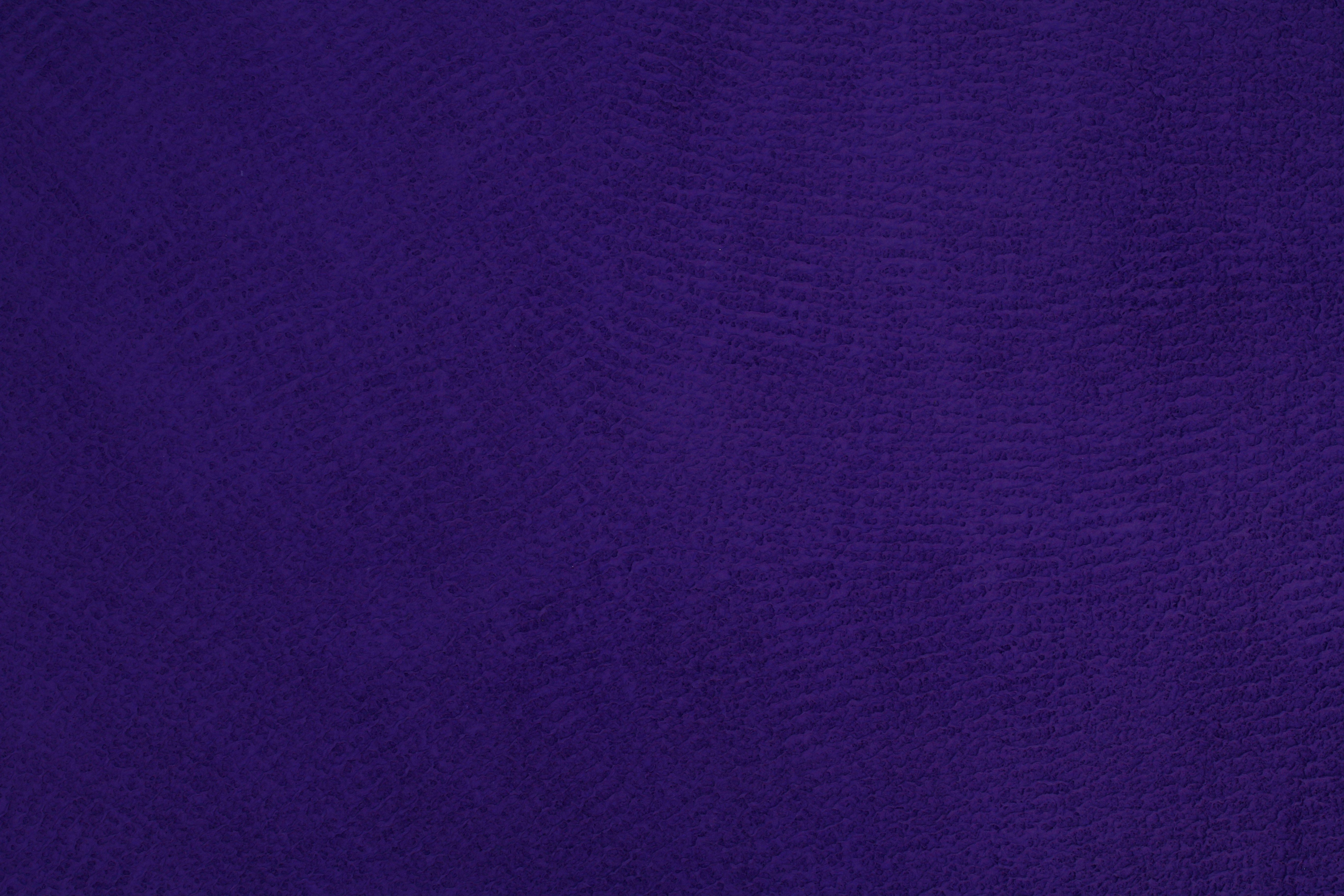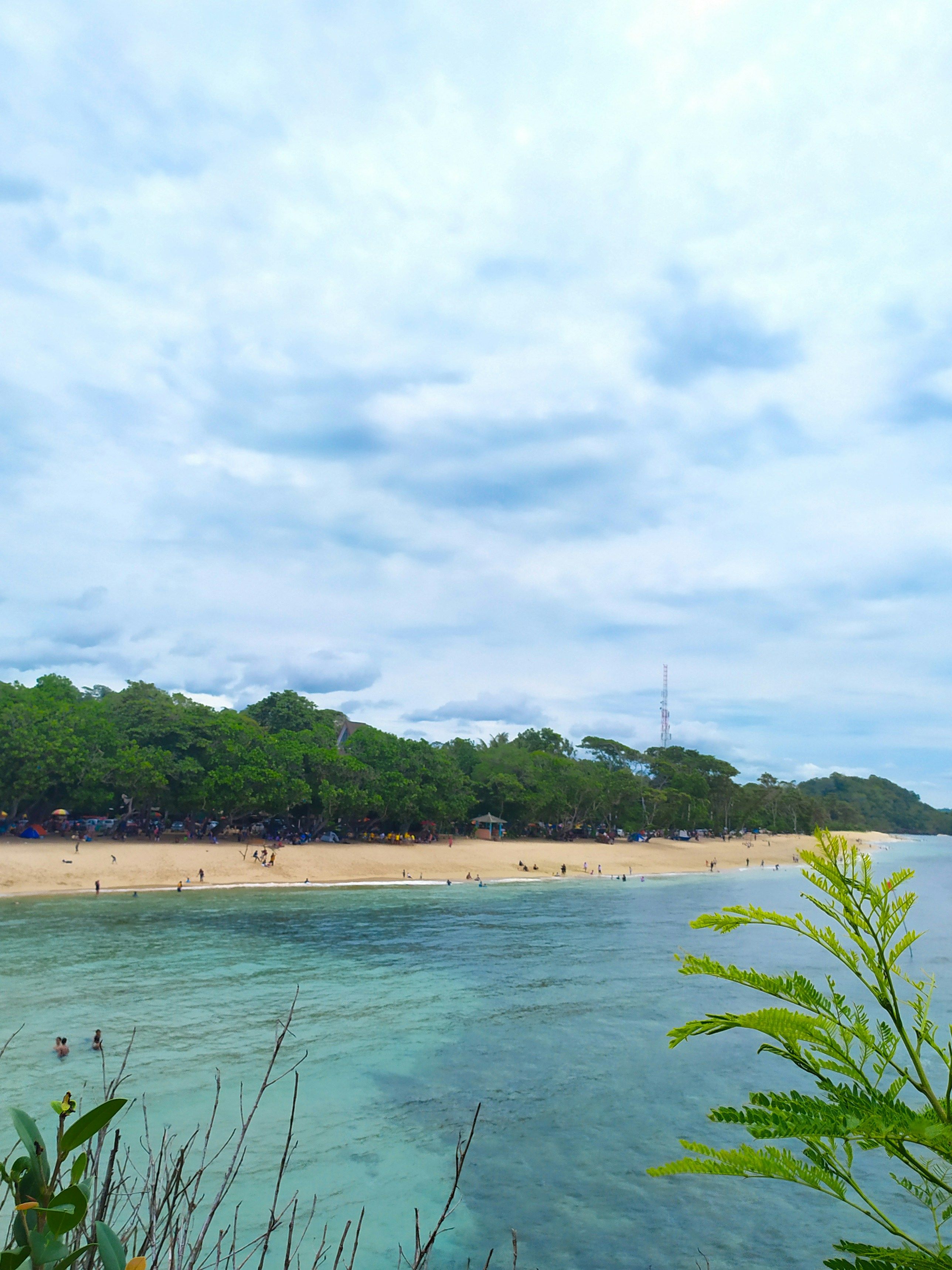Differentiating Age Spots from Skin Cancer: Identification Tips
Shedding Light on Skin Spots: Age Spots vs Skin Cancer
As we grow older, skin spots start popping up, giving us a glimpse of our life's journey. However, these spots can sometimes resemble skin cancer, causing concerns. Let's demystify the differences between these two typical skin conditions.
Both age spots and skin cancer commonly appear on areas exposed to the sun such as the hands, face, and shoulders. However, understanding the key distinctions between age spots and skin cancer can help you identify when it's time to consult a healthcare professional. In the following sections, we shall discuss the differences in terms of texture, color, and placement, alongside the symptoms, diagnosis, and treatment options for each condition.
Age Spots vs Skin Cancer
Age spots, a.k.a. solar lentigines or liver spots, are darker patches on the skin that appear with age. They are usually flat, smooth, and do not itch or feel crusty. Age spots result from the body producing excessive melanin to shield the skin from the sun's harmful UV radiation. Unlike skin cancer, age spots are harmless and need not be treated. They are common among individuals with lighter skin but can occur in any skin type. Age spots commonly emerge from middle age onward.
On the other hand, skin cancer is dangerous and harmful. This type of cancer often forms in areas exposed to the sun due to damage from UV radiation. Skin cancer happens when the skin cells are damaged, causing them to grow and multiply at an accelerated rate. If left untreated, skin cancer can metastasize and spread to other parts of the body. The three most common types of skin cancer are basal cell carcinoma, squamous cell carcinoma, and melanoma. Another type of mark that might be mistaken for an age spot is actinic keratosis. Actinic keratosis is a precancerous growth that can cause scaly and rough textured patches, often on sun-exposed areas.
Picture Your Symptoms
- Age Spot Symptoms: Age spots have defined borders, yellow, brown, or gray colors, and are flat and smooth. These spots can range in size from a few millimeters to a few centimeters. They are usually located on sun-exposed areas such as the face, hands, shoulders, feet, arms, and back.
- Skin Cancer Symptoms: Skin cancer symptoms vary depending on the type of cancer. Signs that a skin growth might be cancerous include asymmetrical shape, irregular edges, changing size or color, multiple colors on the same spot, and other observable differences such as raised red patches, pink, blue, purple, black, brown coloration, pain, itching, oozing, bleeding, and crusty or scaly patches. Actinic keratosis symptoms include raised, rough, or scaly patches, red, gray, pink, or skin-colored patches, flat scaly patches resembling age spots, scaly, rough bumps that appear in clusters, and pale or scaly patches on the lips or other sun-exposed areas.
When to Seek Assistance
It is advised to speak with a doctor if you notice any unusual changes to the skin, such as marks that don't align with your skin's typical characteristics. Early detection of skin cancer can facilitate simpler and more effective treatments, improving health outcomes. Seek medical advice if a mark on the skin changes in color, shape, size, or location, looks different from other marks, itches, crusts, scabs over time, or fails to heal within 4 weeks.
Diagnosis and Treatment
A dermatologist can diagnose age spots during a physical examination. They will assess the texture, appearance, and placement of the spot. If a dermatologist needs further confirmation, a skin biopsy might be performed. Age spots do not require treatment since they are harmless. Some individuals may choose to diminish the appearance of age spots via creams, lotions, or procedures like laser treatments, cryosurgery, microdermabrasion, or chemical peeling.
On the other hand, treatment options for skin cancer depend on factors like the type and stage of cancer and individual circumstances. Typically, a doctor will surgically remove basal cell and squamous cell cancers. Treatments for skin cancer and actinic keratosis may include topical therapies, radiation therapy, chemotherapy, immunotherapy, or systemic medication.
Wrapping it Up
Age spots, skin cancer, and actinic keratosis can sometimes look alike, but there are clear differences in texture, color, and behavior that help you distinguish each condition. Regular observation of your skin and consulting a healthcare professional about any unusual changes can lead to an early diagnosis of skin cancer and enhance your skincare journey.
- In the realm of dermatology, melanoma is a type of skin cancer that can form due to damage from UV radiation.
- Skin care for seniors should include regular checks for other skin cancer, such as basal cell carcinoma and squamous cell carcinoma, which are common among individuals with extended sun exposure.
- Medical-conditions like age spots, a harmless skin condition, can be distinguished from skin cancer by their smooth texture and defined borders, contrary to the crusty or scaly patches that might suggest skin cancer.
- Science has shown that skin-care practices that protect against UV radiation can help prevent skin conditions like skin cancer, making health-and-wellness a priority in skincare routines.
- If you notice any marks on your skin that don't align with your skin's typical characteristics, such as changes in color, shape, size, or location, seek advice from a medical professional as early detection can improve health outcomes.








